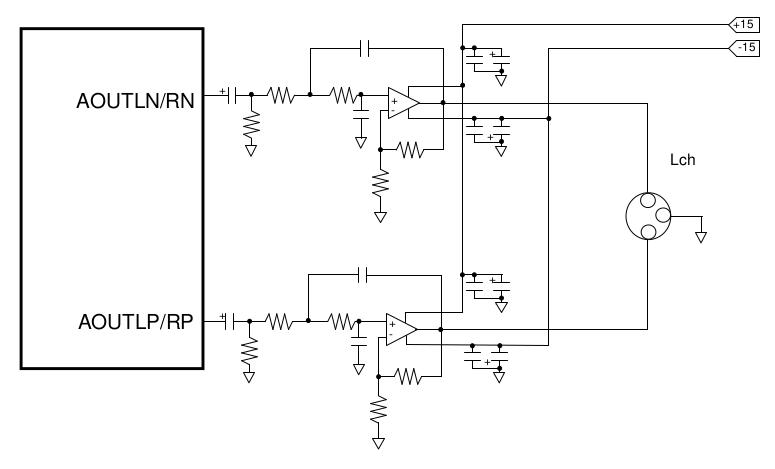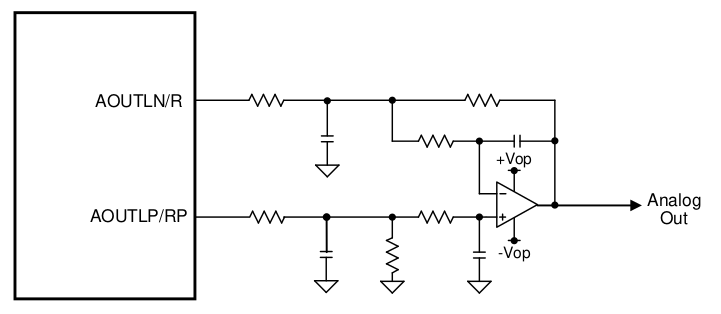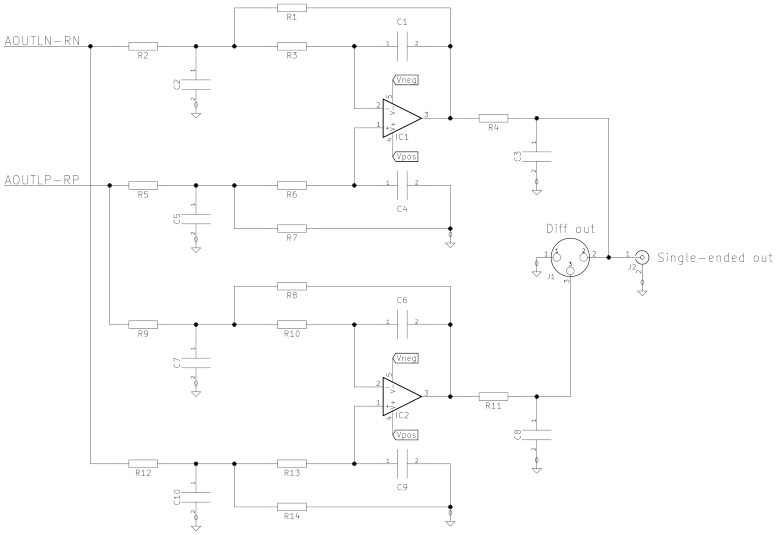
Many folks agree that the DVA Digital Preamplifier DAC is something special.1 Clients who have them love them. Last year, The Sound Advocate proclaimed, "The Van Alstine DVA Digital Preamp is unquestionably recommended!" And most recently, Part Time Audio included it in one of their "best of 2025" lists, stating, "My entire system sounded faster, cleaner and more powerful with the Van Alstine DVA Digital Preamplifier."
We've kind of grown used to this kind of praise. :-)
There are myriad details that make the DVA Digital Preamplifier what it is, including the high-performance discrete gain circuits that we covered previously, the carefully balanced reconstruction filter design, and the use of low impedance active voltage references for the DAC IC. This post is about another subtle yet important detail: How the DVA Digital Preamplifier resolves a dilemma regarding support for both XLR differential and RCA single-ended outputs.
The Dilemma
Most high-performance DAC ICs today have differential outputs -- even those targeting single-ended consumer applications. It's a great way to reduce even-order nonlinearities in the chip's conversion and output stages, and it gets you around 3dB better SNR.
To design for a fully differential (often erroneously called "balanced") application, you can simply pass each side of the DAC chip's outputs through a reconstruction filter and let the downstream amp or preamp do the differential summing as needed.

To obtain a single-ended output, application guides and evaluation boards often show an additional differential summing stage. In other words, the fallback method to obtain a single-ended output is to take the differential output above and convert that through more circuitry to a single-ended one.
However, experience has shown that things seem to work best when you use a single gain stage that differentially sums and filters the outputs of the IC directly.

There's a good amount of optimization you need to do that might not be initially apparent with this approach. But when the needed care is taken, it works very well. I suspect it works better than the filter-then-sum approach because the signal passes through fewer active gain cells (typically opamps). This leads not just to potentially lower accumulated nonlinearity but also for less complex distortion spectra.2
So, there's an easy solution when you want a differential output, and there's an almost as easy solution when you want a single-ended output. But what do you do when you want both?
It looks like you have to decide which output has priority. You either prioritize the differential output and convert that to a single-ended one, or you prioritize the single-ended output and convert that to differential. Indeed, one of these is the approach taken by the vast majority of consumer DACs.
A Solution
It turns out there's an approach that solves this "we can't both be primary" dilemma perfectly. It's one of those staring-at-you-in-the-face solutions, but, curiously, I've yet to see it used in commercial products apart from our DVA Digital Preamplifer. You simply take the one-stage single-ended circuit above and add an identical circuit in parallel with it but connected with reverse polarity.

In this setup, differential outputs are differential, single ended outputs are single-ended, and no path goes through more than one active stage. Exactly what we wanted!
To be pedantic, calling this "prefect" is a little hyperbolic. A consequence of this approach is that the differential output will be twice that of the single-ended version (i.e., 6dB higher). Whether this is a significant issue is up to you, but for most consumer applications, it isn't. A factor of two difference in RCA and XLR outputs of consumer gear is pretty much the standard these days.
Also, from an engineering perspective, you need to be careful about balancing the load seen by the DAC IC against the thermal noise added by the resistors. Careful attention can resolve this.
Finally, if for some reason the absolute lowest levels of broadband noise (i.e., hiss) is your only performance standard, this setup may disappoint you. You'll need to choose between inaudible hiss and hiss that's even quieter than that. Successful design, no matter the field, is about balancing conflicting requirements, not optimizing one thing at the cost of everything else. And in this case, it's an easy call.
Whether you run a single-ended system using RCA cables or a differential rig using XLR cables, the DVA Digital Preamplifier will deliver spectacularly uncolored and transparent audio.
If you've yet to experience the musicality of this very special DAC, you really owe it to yourself to hear the difference.
-
For those who don't know, "digital preamplifier" is our term for DACs that have a variable output level, because you can hook them up directly to power amps without an analog preamp in between. ↩︎
-
These assertions are entirely speculative at this point!! But I am certain of what my ears consistently prefer. ↩︎